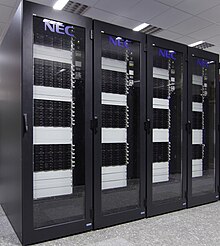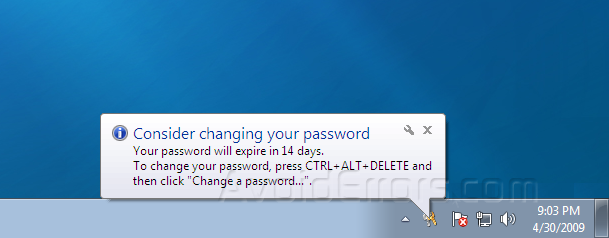
- Virtualization For Mac Server Settings
- Virtualization For Mac Server Settings
- Virtualization For Mac Server Hosting
- Best Virtualization Software Mac
- Free Virtualization Software For Mac
Sep 13, 2020 Mac users will not be able to use Windows applications without virtualization software. This, in turn, would be the case with the other operating systems as well. Also, this is not about only using different operating systems on the same machine but you can use different versions of the same operating system on one machine simultaneously. Virtualization software reduces the need for physical hardware systems. The resulting increase in resource utilization lowers server costs. Containerization, however, popular since the emergence of Docker, supplies an alternative to server virtualization for organizations that only require the use of one operating system.
Parallels recently launched a new version of its popular Parallels server virtualization software for Apple hardware, but this latest update is designed to work with Mac Mini servers.
What is Server Virtualization?
Server virtualization is used to mask server resources from server users. This can include the number and identity of operating systems, processors, and individual physical servers.

Server Virtualization Definition
Server virtualization is the process of dividing a physical server into multiple unique and isolated virtual servers by means of a software application. Each virtual server can run its own operating systems independently.
Key Benefits of Server Virtualization:

- Higher server ability
- Cheaper operating costs
- Eliminate server complexity
- Increased application performance
- Deploy workload quicker
Three Kinds of Server Virtualization:
- Full Virtualization: Full virtualization uses a hypervisor, a type of software that directly communicates with a physical server's disk space and CPU. The hypervisor monitors the physical server's resources and keeps each virtual server independent and unaware of the other virtual servers. It also relays resources from the physical server to the correct virtual server as it runs applications. The biggest limitation of using full virtualization is that a hypervisor has its own processing needs. This can slow down applications and impact server performance.
- Para-Virtualization: Unlike full virtualization, para-virtualization involves the entire network working together as a cohesive unit. Since each operating system on the virtual servers is aware of one another in para-virtualization, the hypervisor does not need to use as much processing power to manage the operating systems.
- OS-Level Virtualization: Unlike full and para-virtualization, OS-level visualization does not use a hypervisor. Instead, the virtualization capability, which is part of the physical server operating system, performs all the tasks of a hypervisor. However, all the virtual servers must run that same operating system in this server virtualization method.
Virtualization For Mac Server Settings
Why Server Virtualization?
Server virtualization is a cost-effective way to provide web hosting services and effectively utilize existing resources in IT infrastructure. Without server virtualization, servers only use a small part of their processing power. This results in servers sitting idle because the workload is distributed to only a portion of the network’s servers. Data centers become overcrowded with underutilized servers, causing a waste of resources and power.
Virtualization For Mac Server Settings
By having each physical server divided into multiple virtual servers, server virtualization allows each virtual server to act as a unique physical device. Each virtual server can run its own applications and operating system. This process increases the utilization of resources by making each virtual server act as a physical server and increases the capacity of each physical machine.
Virtualization For Mac Server Hosting
| Related Topics |
|---|
| Enterprise Mobility Virtual Desktop Infrastructure Digital TransformationVirtual Machine Network Virtualization Virtual Networking Virtualized Security |